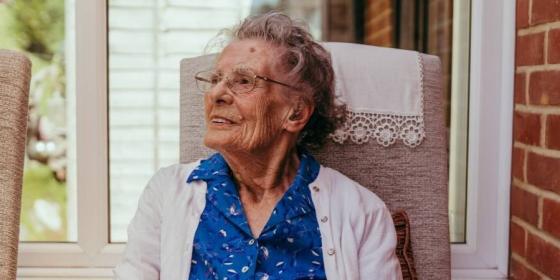 Help with housing costs
Help with housing costs
Growing numbers of older people are living in private rented accommodation. For many, the experience of living in a rented property is characterised by serious concerns about their living conditions and their ability to live a secure life in retirement.
Older private renters can quickly find themselves in a precarious situation.They face a lack of certainty about whether they can remain in their home long term. The risk that landlords will raise the rent or be unwilling to make adaptations can be very stressful for older people who have seen a drop in their income, and may be experiencing health setbacks and increasing frailty.
Arguably there are few areas of policy as urgently in need of new solutions as housing. Recognising this, the government has now committed to developing a “housing market that works for everyone”. A Housing White Paper was released in February 2017 (and responded to in March 2018), and a Communities and Local Government Committee Inquiry into Housing for Older People was completed in December 2017. Therefore we now have an opportunity to highlight the many ways in which housing – and the private rental sector in particular – needs to deliver improvements for our ageing population.
This report analyses national data about older private renters and compares it with that of homeowners and social renters, and argues that with half a million older people living in privately rented accommodation throughout England, we need to do more to understand and meet the unique needs of this growing section of the population. Policymakers must reflect this understanding in future policy developments because currently older private renters remain largely invisible.